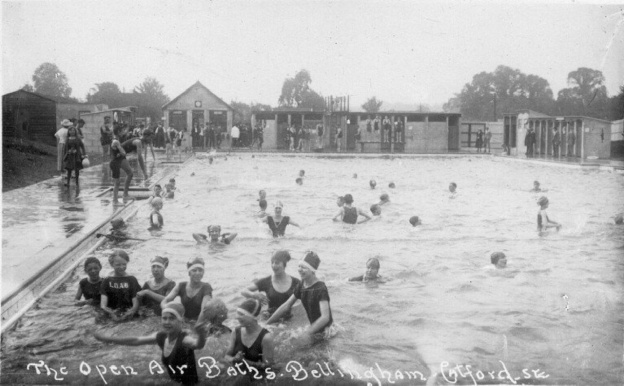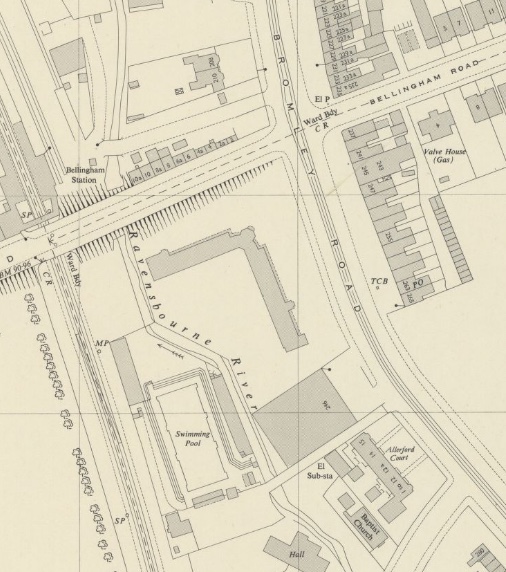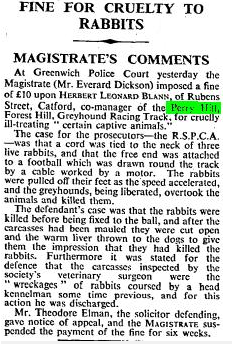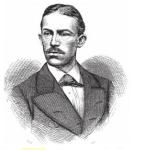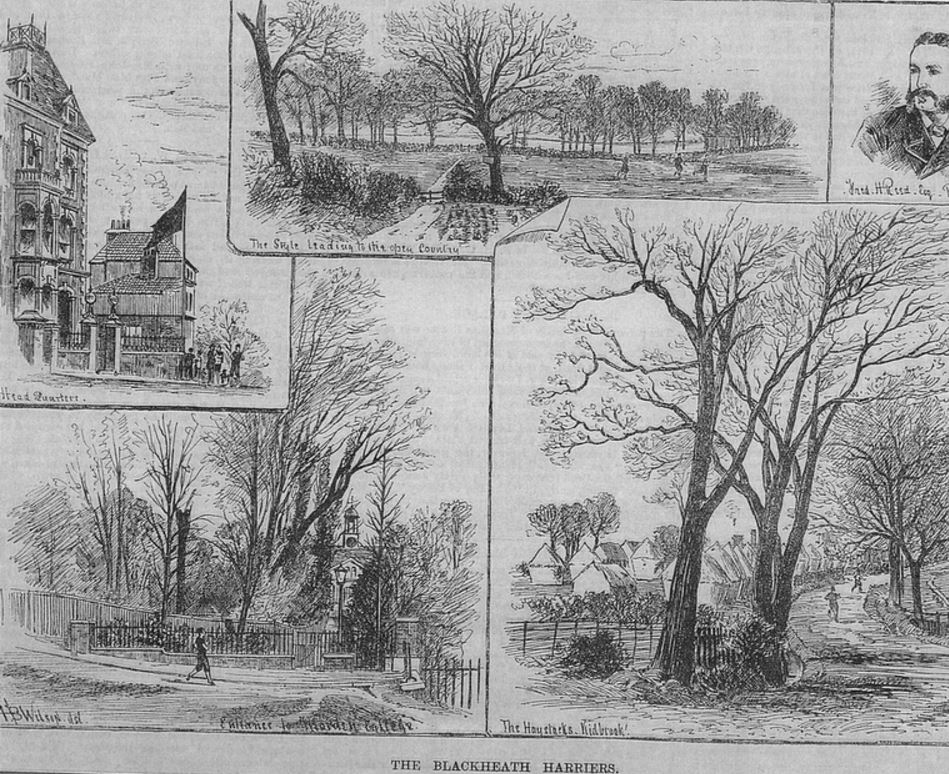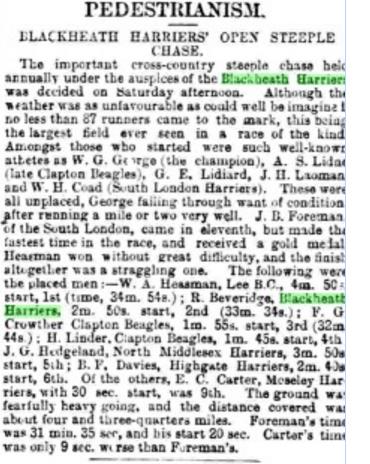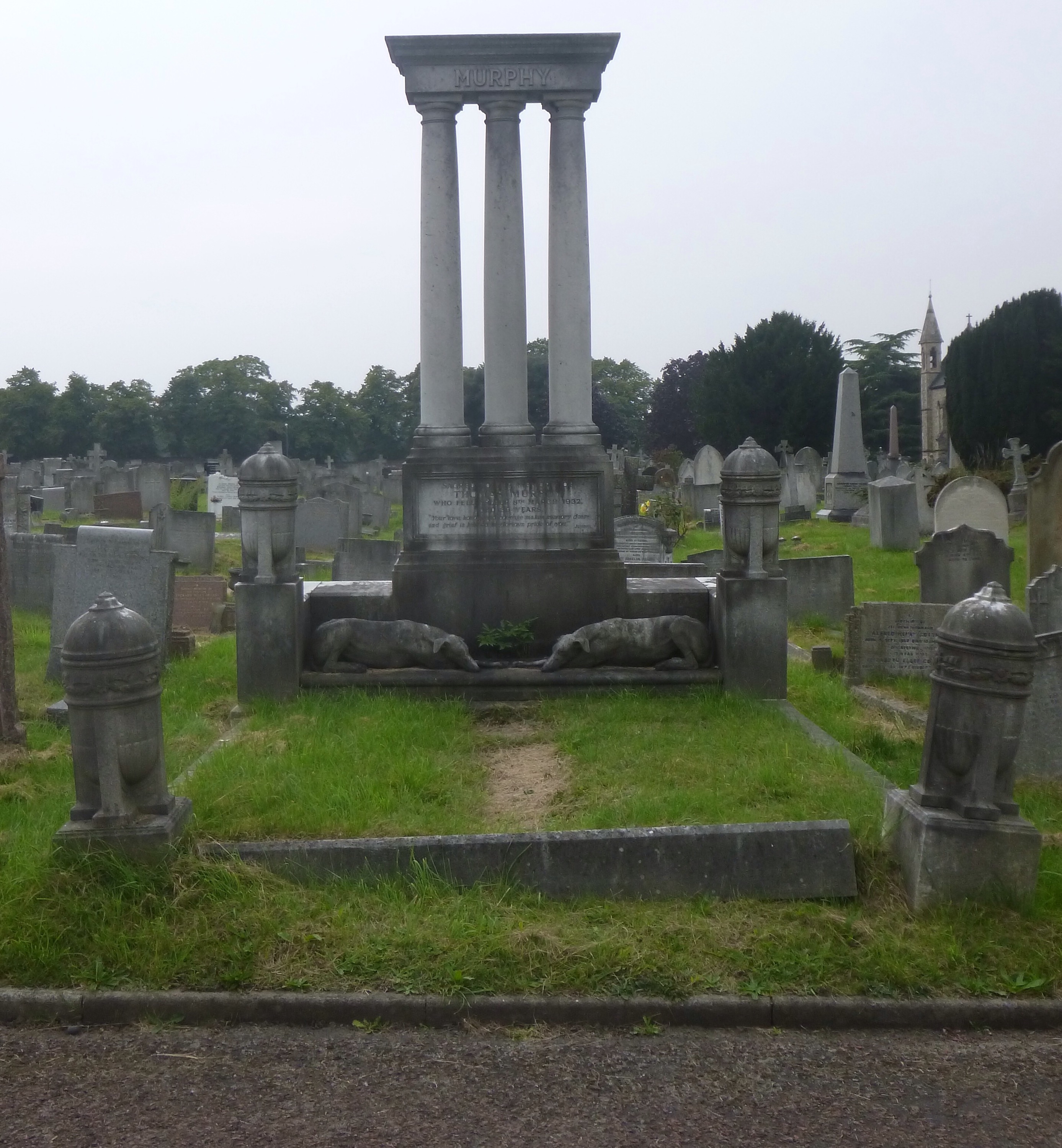Catford has lost many sports venues over the years – notably the Greyhound Stadium, but also a velodrome, The Mount which was once home to Charlton Athletic, a former ground of London Irish, another smaller greyhound and midget car racing track as well as a significant cricket ground in Penerley Road. Another of these lost sporting venues was Bellingham Lido which opened in July 1922, it was one of the first in inner London and was apparently, at the time, the longest pool in London. It was to open its doors during summer months for hardy swimmers for almost 60 years. We’ll look at its development and demise, putting it in the context of other London lidos and open-air swimming facilities.
The backdrop to the development was the conversion of Bellingham from farmland to homes in the early 1920s. Interestingly at the time, it was referred to as a ‘garden city’ a ‘new town of ten thousand’ – based on principles adopted in the building of Letchworth twenty years before (1).
While Bellingham was a London County Council (LCC) estate, some of the facilities in surrounding areas were provided the Borough Council, Lewisham. The site, for those not familiar with it, was a slightly awkward one between the Ravensbourne and the railway – about a hundred metres south of Bellingham station, access was over the river – the map below shows the location and layout, just post World War 2.
What was initially referred to as either an open-air swimming pool or an air pool, cost between £8,000 and £9,000 over a period of about 9 months. In addition to providing swimming and bathing facilities for Bellingham ‘garden city’ and Catford it was used as a means of reducing local unemployment. The work was carried out in-house by the Borough Council with 38 unemployed local men being used to build the pool (2).
The Mayor, Cllr C H Dodd (of the still trading Blackheath solicitors, who started life in Eltham Road), opened the pool describing it as ‘the largest and finest’ in London (3). Kathleen Dodd, his niece, and the Lady Mayoress, was the first to take the plunge into the cold water accompanied by the King sisters from Forest Hill Swimming Club (4)– she is pictured below (5); a swimming gala followed.
It seems that the LCC watched its building with interest as around the time of its opening were asking for expressions of interest for building open air swimming pools form other Borough Councils (6).
While there is no evidence that she swam here it would be good to think that Hilda ‘Laddie’ Sharp, Hither Green’s pioneering Channel swimmer might have at least done some training here – she swam the Channel in 1928.
Water initially drained into the Ravensbourne and there was no filtration plant initially built as part of the lido – water was drained late on Sunday mornings into the Ravensbourne and then refilled. Presumably the quality of water was poor by the end of Sunday morning’s session. A new filtration plant was agreed in late 1929. Around £9000 was borrowed from the Ministry of Health for this along with increasing the ‘number of first and second class slipper baths’ from 31 to 57 at Ladywell and 12 to 25 at Bell Green. The inspector noted ‘you will be quite clean in Lewisham.’ (7).
Whilst Bellingham may have been the first lido in what was then the old London County Council area it was by no means the first open water swimming in what we would now regard as London. Several ponds that had been used for years for swimming, notably those on Hampstead Heath whose usage dates from around 1800 and the as well as the Serpentine soon after (8). Outside what was the LCC area were already several open-air swimming pools in South London including Erith (built in 1906), Croydon (1909), Wimbledon (1913) along with Tooting Bec (1906) (9).
At their peak in 1939, the leader of the LCC Herbert Morrison described London as a ‘City of Lidos’ – there were a staggering 67 lidos open that year (10). In neighbouring areas this included Brockwell, Danson Park, Eltham Park, Charlton, Bromley Southlands, Peckham Rye, St Mary Cray and Southwark Park (11).

In addition to issues around filtration there were serious problems with leakages – having to be refurbished over the winter of 1959/60 and opening a little late for the summer of 1960. (12). Fond memories of the lido from this era and a bit later often appear in Facebook threads in the various Lewisham reminiscence groups.
The lido closed in 1980 (13) – presumably as a result of the public expenditure cuts that most councils had to make in the early years of the Conservative Government led by Margaret Thatcher.
It was a similar fate that beset most of the local lidos – Danson Park and Bromley both closed in 1980 too, although Bromley re-opened for a while in the mid-1980s, the last length was swum in 1987; Peckham Rye also closed in 1987, Southwark Park in 1989 and Eltham Park in 1990 (14) – its outline is still fairly clear though.
Locally only two remain – both built much later than Bellingham -Brockwell (1937) and Charlton (1939). The latter had a major refurbishment a decade ago with Olympic legacy funding. It re-opened as a heated pool in 2013 and is the perfect place to watch the sunrise on a cold winter’s morning.
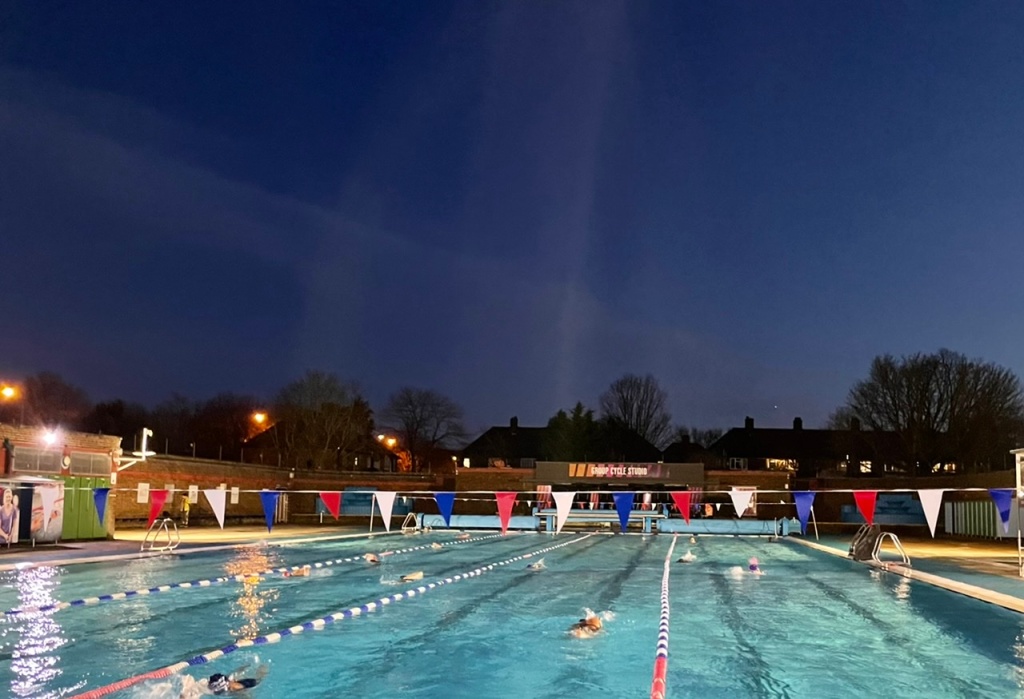
Whilst now having no lido, Lewisham does now have open water swimming in Beckenham Place Park (pictured below) – it’s part of the conversion from an underused golf course to a well-used public park. There was £440k grant funding from the Greater London Authority (a successor of the LCC) for both the pool and large scale tree planting, it opened in 2019. It is open year-round although booking is required.
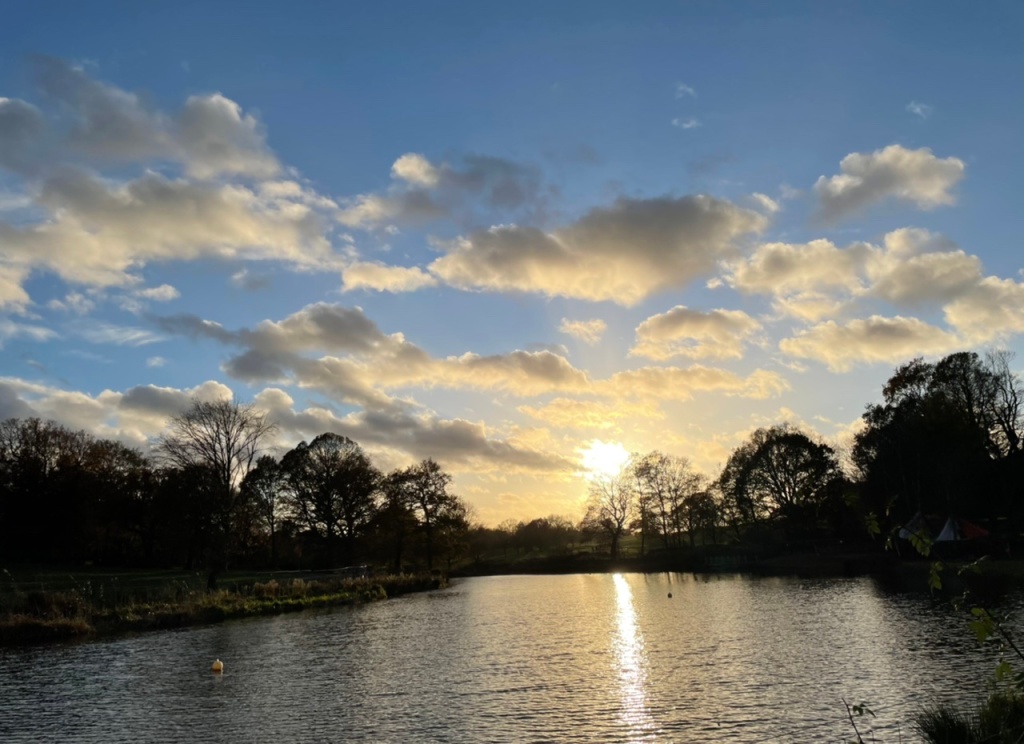
As for the Bellingham Lido site, it was eventually replaced with the social housing of Orford Road, let from around 1990.
Notes
- Sydenham, Forest Hill & Penge Gazette 28 July 1922
- Brockley News, New Cross and Hatcham Review 4 August 1922
- ibid
- ibid
- from Bromley & West Kent Mercury 4 August 1922
- Forest Hill & Sydenham Examiner 4 August 1922
- Forest Hill & Sydenham Examiner 27 December 1929
- Simon Inglis (2014) Played in London (Swindon, English Heritage) p155
- ibid pp 158-159
- ibid p154
- ibid pp 158-159
- Sydenham, Forest Hill & Penge Gazette – 24 June 1960
- Inglis op cit p158-9
- ibid
Picture and Other Credits
- The Ordnance Survey map is via the National Library of Scotland on a non-commercial licence
- The photograph of the entrance is from the collection of Lewisham Archives – it is used with their permission but remains their copyright.
- The postcard is from e Bay in July 2019.

